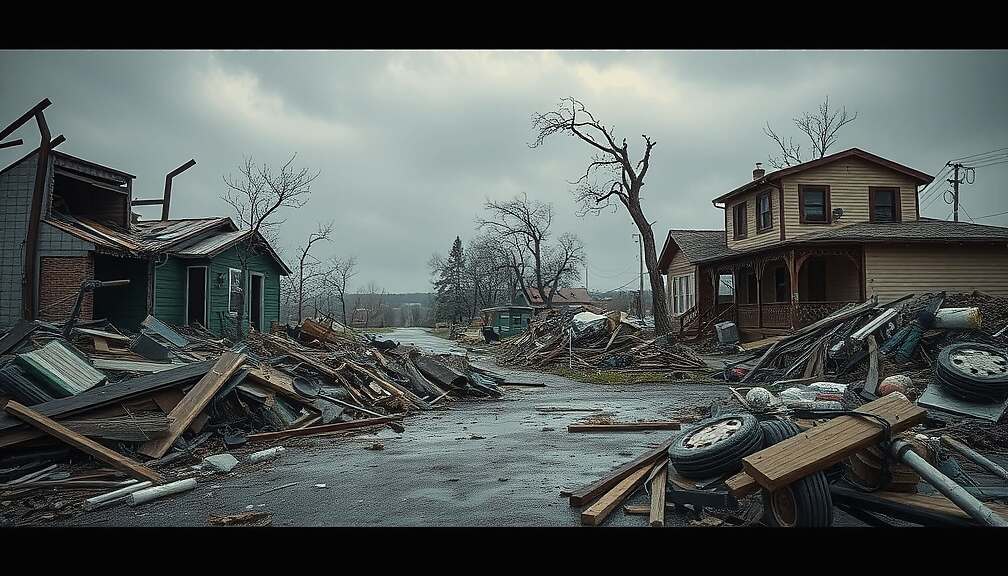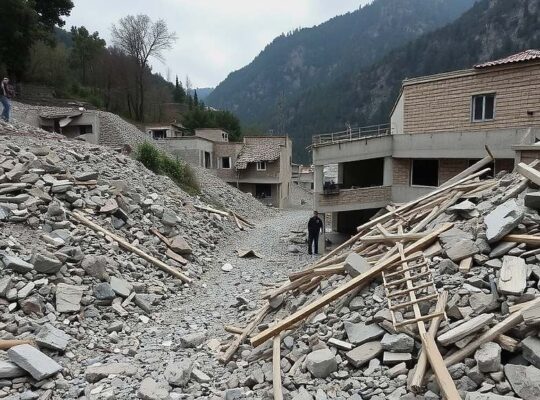The devastating impact of Typhoon Kalmaegi continues to unfold across Southeast Asia, exposing vulnerabilities in disaster preparedness and raising critical questions about infrastructure resilience. Initial reports from the Philippines confirm at least 114 fatalities, with approximately 130 individuals still missing following the storm’s passage on Tuesday. The typhoon, packing winds of 130 kilometers per hour and gusts reaching 180 kilometers per hour, wrought havoc on the island of Cebu, submerging entire communities and causing widespread destruction.
While international aid is gradually arriving, critics are already pointing to systemic issues contributing to the scale of the disaster. Decades of rapid, often unregulated urban development in coastal regions have exacerbated the typhoon’s impact, leaving vulnerable populations exposed to the full force of the storm surge. The effectiveness of early warning systems is also facing scrutiny, with accusations of inadequate dissemination and insufficient evacuation efforts in some regions.
The crisis further underscores the challenges faced by the Philippines, an archipelago frequently battered by powerful typhoons, in balancing economic development with climate resilience. The current administration’s commitment to long-term, sustainable infrastructure solutions remains a key area of concern, particularly as the country continues to grapple with the escalating effects of climate change.
The trajectory of Kalmaegi now threatens Vietnam, where authorities are preparing for widespread evacuations. Approximately 350,000 residents of Gia Lai province are expected to be relocated by mid-day, anticipating severe rainfall and powerful winds. Warnings are in place across several central provinces, highlighting the region’s precarious position and prompting renewed debate surrounding national preparedness plans and the allocation of resources to mitigate potential agricultural losses and widespread flooding. The unfolding situation necessitates a comprehensive reassessment of regional disaster management protocols and a deeper commitment to building climate-resilient communities throughout Southeast Asia.












